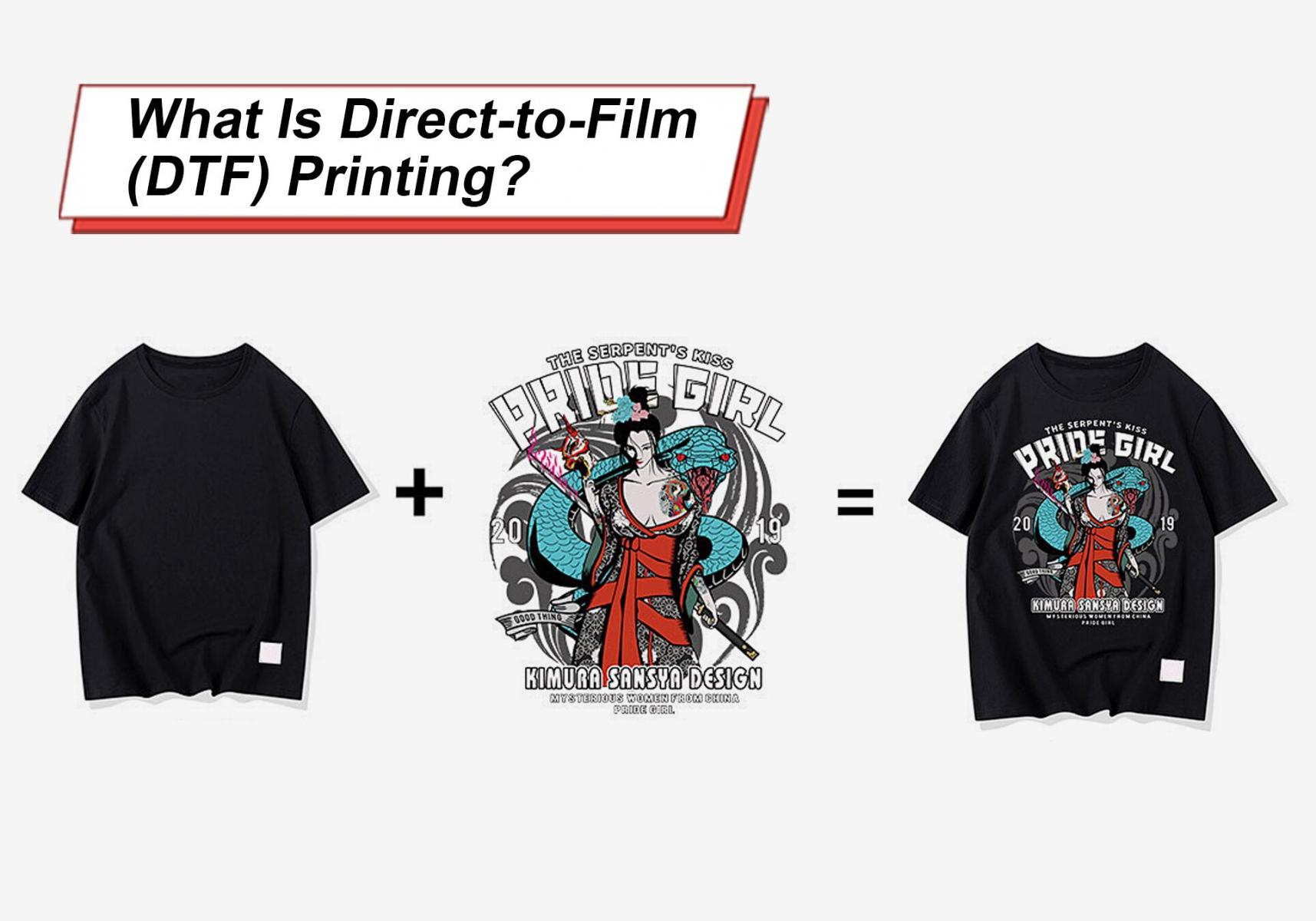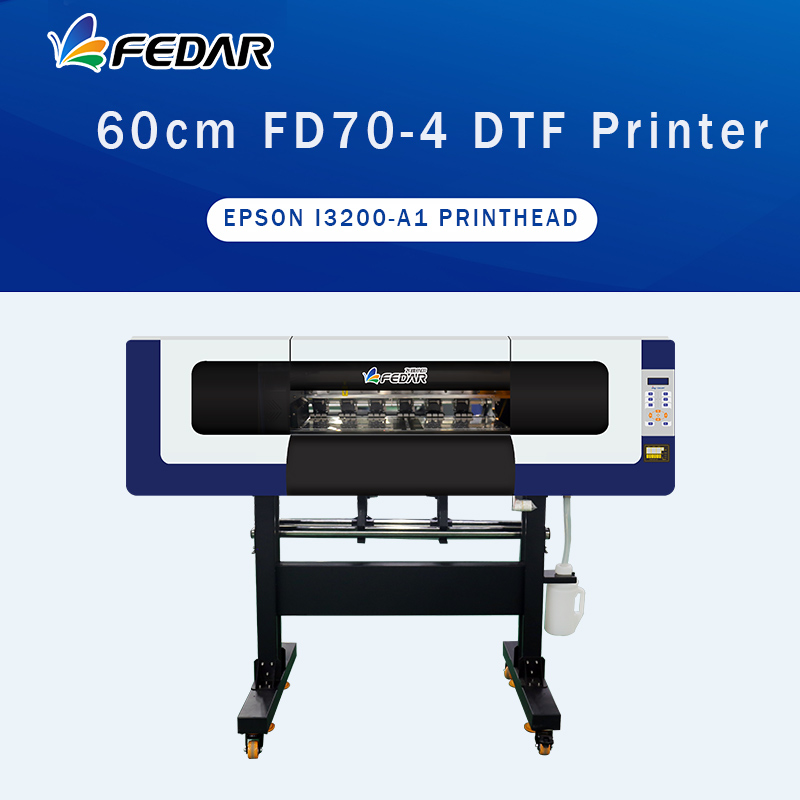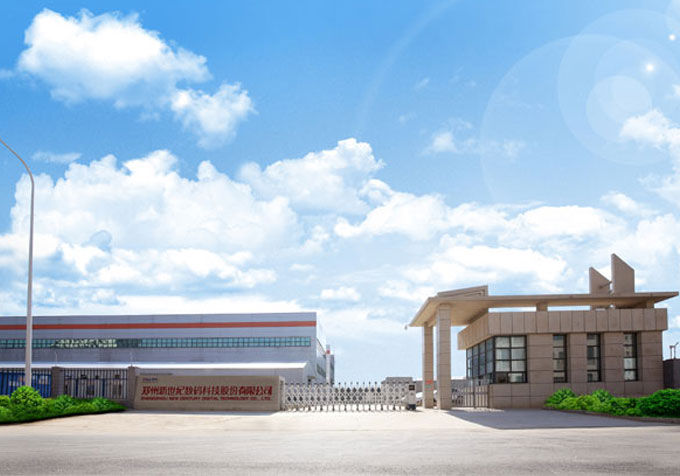27
Apr

In this comprehensive article, we will take a closer look at a unique and fresh spin on garment decor - Direct-to-Film (DTF) printing. We will explore how DTF printing works, what goes into its technical process, how it suits the increasing demand for customizable options, and weigh its pros and cons. It is also essential to consider practical aspects like cost and returns, quick tips for solving everyday issues, and most importantly, its future potential.
Direct-to-film printing is a simple procedure that prints the desired design onto a coated PET (polyethylene terephthalate) film using water-based pigment inks. It starts with applying a white base or adhesive powder, so the design is an exact image of what you want. This is called curing. Once the film is cured, it bears the complete design and a ready-to-transfer adhesive layer.
DTF works on fabrics like cotton, polyester, fleece, nylon, and more.
There is no hassle for chemical pre-treating, which is required by many direct-to-garment methods.
The design comes off bright and opaque on all sorts of fabrics.
The prints strongly resist cracking, peeling, and fading off.

DTF printing is done in three steps: printing, powdering, and heat transferring.
To begin with, a digital file of the image is sent to a DTF printer at a high resolution. The printer first prints a neutral white under-base, followed by the required pigments printed on a specially coated film, and the colored image printed on top of the base.
Upon completion of step one, a very fine powder of thermoplastic polyurethane (TEP) is dusted on the wet ink. The excess powder is then dusted off, leaving an even layer of adhesive over the pattern.
The film is placed with the ink side down onto the garment surface. The heat and pressure allow the ink to get into the fabric for the print. You let the print cool and then peel the film.
Excellent color accuracy: Gradients, colors, and hard lines are on par with high-end printing processes.
Universally Fabric Applicable: It is applicable to any fabric without the need for any coating.
No Pre-Treatment: No pretreatment steps; it is even quicker and easier.
Cheap for Small Runs: The low setup costs make it appropriate for custom orders.
Equipment Investment: Quality DTF printers, pigments, and ovens can be costly.
Consumables Costs: Material costs will also consist of continuous purchases of PET films and powder.
Raised Texture: Prints can create a slightly raised texture that may be an issue for lightweight fabrics.
Calibration: Calibration of the printer, powder, and heat settings is a tricky factor.
Whether it's t-shirts, hoodies, sweatshirts, sportswear, or jackets, DTF produces vivid logos and detailed artwork that is easily customized to your liking. Its promising results on all fabrics maximize possibilities for designers and brands.
Beyond apparel, DTF works just as well on caps, hats, pouches, tote bags, cushions, and much more. Its strong bonding and color accuracy make these items appealing to the eye and durable, too.
With minimal setup time and no minimum order quantity, DTF is the perfect choice to create custom gifts, team uniforms, and merchandise. Its efficacy and flexibility are well-suited for small businesses and individual creators.
Investing in quality DTF Printers, curing ovens, tools, etc., is a big investment. By getting quality equipment, you avoid high maintenance and do professional work.
Ongoing costs are primarily for consumables, PET films, dtf powders, and inks. Selling at reduced cost per unit while improving profitability through waste reduction methods, such as using only as much powder as needed.
The low initial costs and the on-demand nature of DTF allow capital to be quickly recovered even on small to mid-sized runs. Print Quality and durability are essential for repeat business and good reviews.
If prints are peeling, troubleshoot your powder application and heat press pressure. Make sure that the adhesive powder is fresh and is applied evenly, and also check to make sure that your heat press platen is level.
If inks are not fully set, increase the dryer time or oven temperature slightly. Film movement can lead to ghosting; the film should be secured with heat-resistant tape before pressing so that movement does not occur during the transfer process.
Color discrepancies are usually due to ink quality, printer setup, or lack of a proper white under-base. Run printer maintenance routines and color profiles regularly. Test prints first and modify color curves within your design program rather than on actual garments.
Reverse the clothes inside-out when washing. Use cold water on a gentle cycle. Do not use bleach and abrasive detergents that might ruin the prints. Always air-dry.
Keep your printed articles in a dark and dry place. Use hangers or fold garments carefully to avoid creasing the printed area. To store a piece long term, store it in a breathable cotton bag.
DTG inks also need a chemical treatment when printing on dark garments, while DTF does not require pretreatment and uses an under-base whenever accurate colors are to be printed on a dark substrate.
The drawback of screen printing is the need for separate screens for each color. Since it doesn’t charge for additional screens, DTF is more affordable and easier for multicolor prints.
Polyester receives the dye sublimation chemical, which absorbs into the polyester fibers; therefore, it can only be used on light-colored garments made of polyester fabric. DTF printing is compatible with nearly all fabrics.
DTF printing offers a unique method, high-quality color print, and superb application on a variety of fabrics, making it the best way to customize clothes and accessories. If handled correctly, workflow, materials costs, and prints can give you results that people cherish. Good luck with your DTF printing journey!
If there's anything we can do to further showcase machines' features, please let us know.
